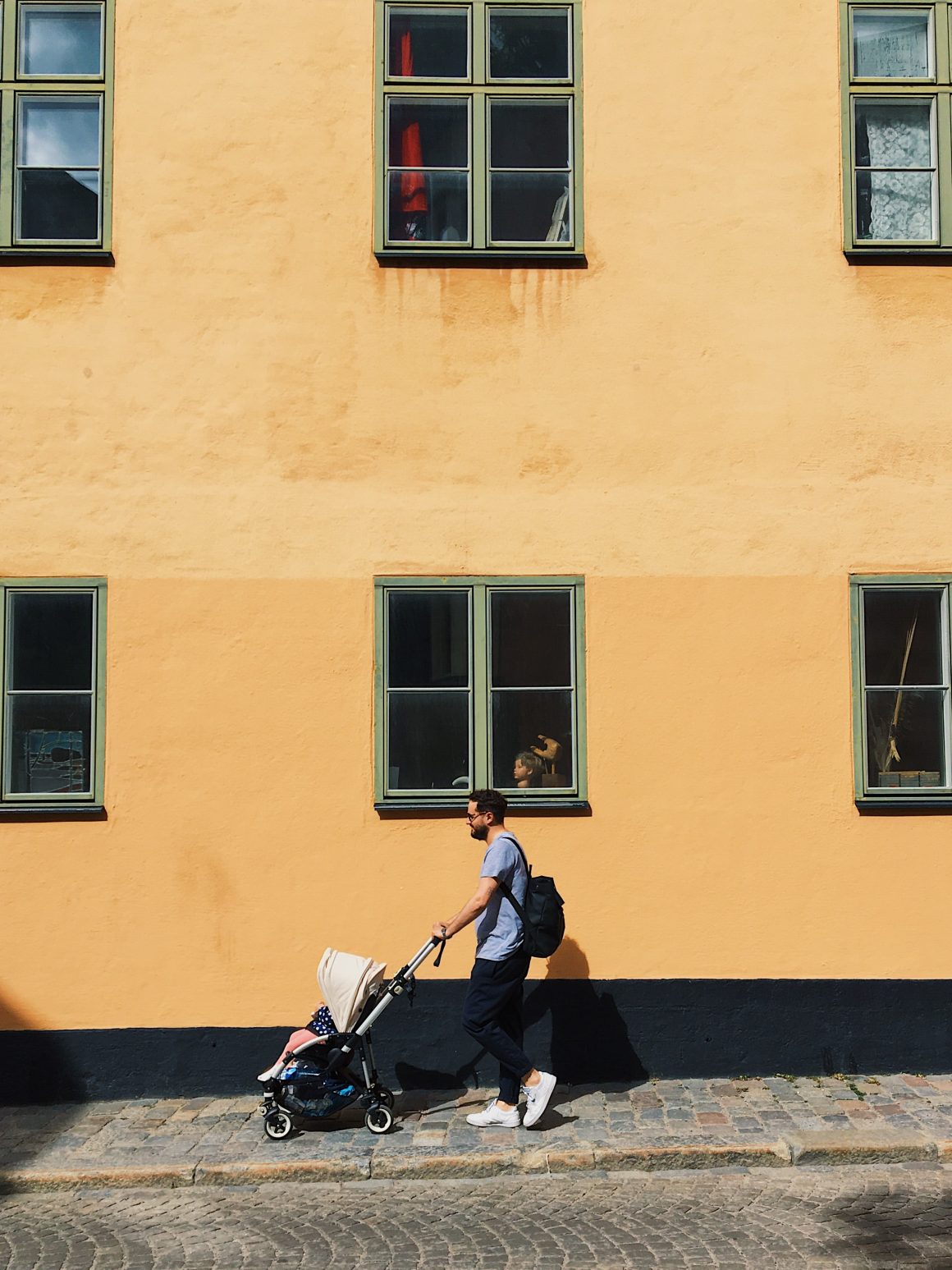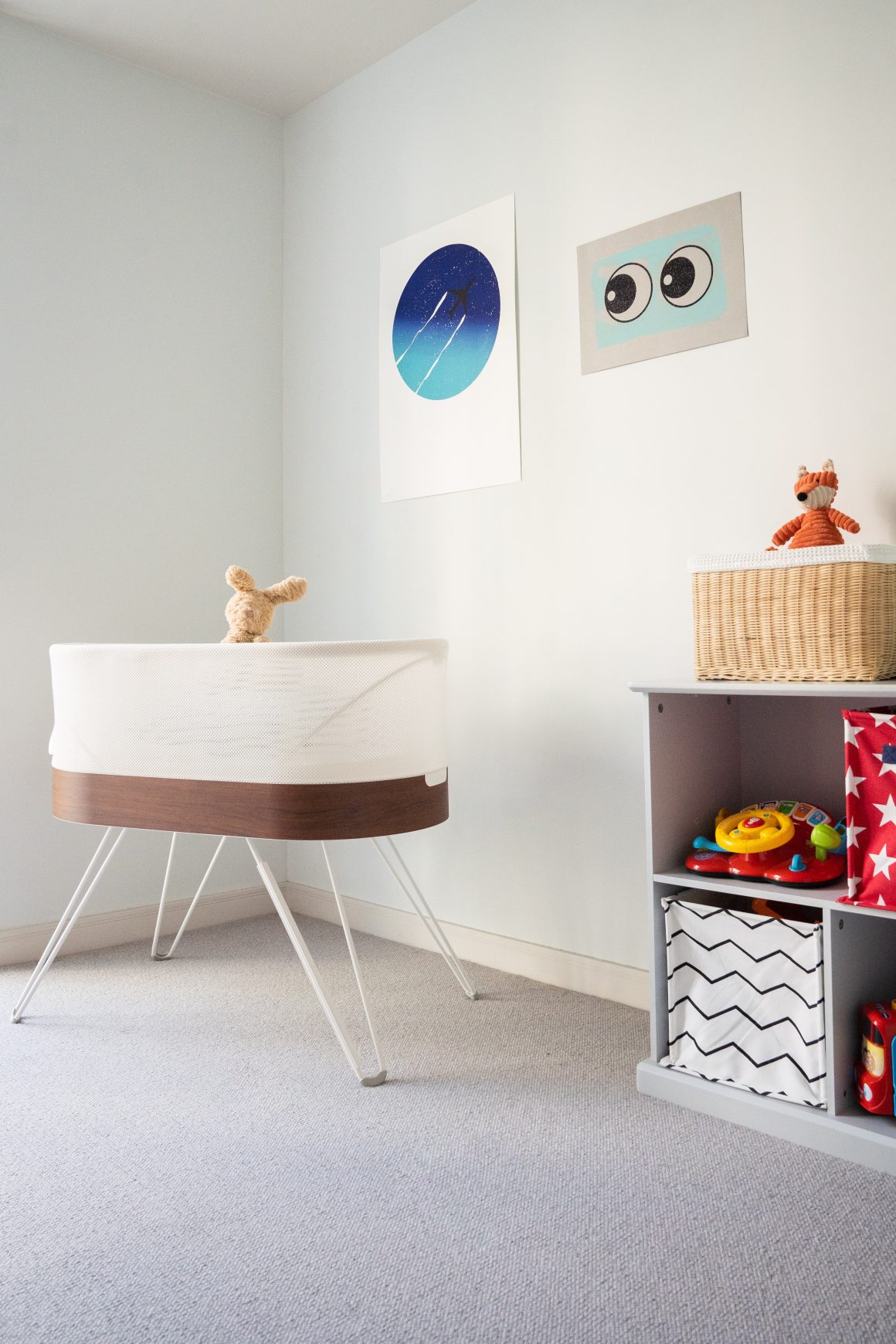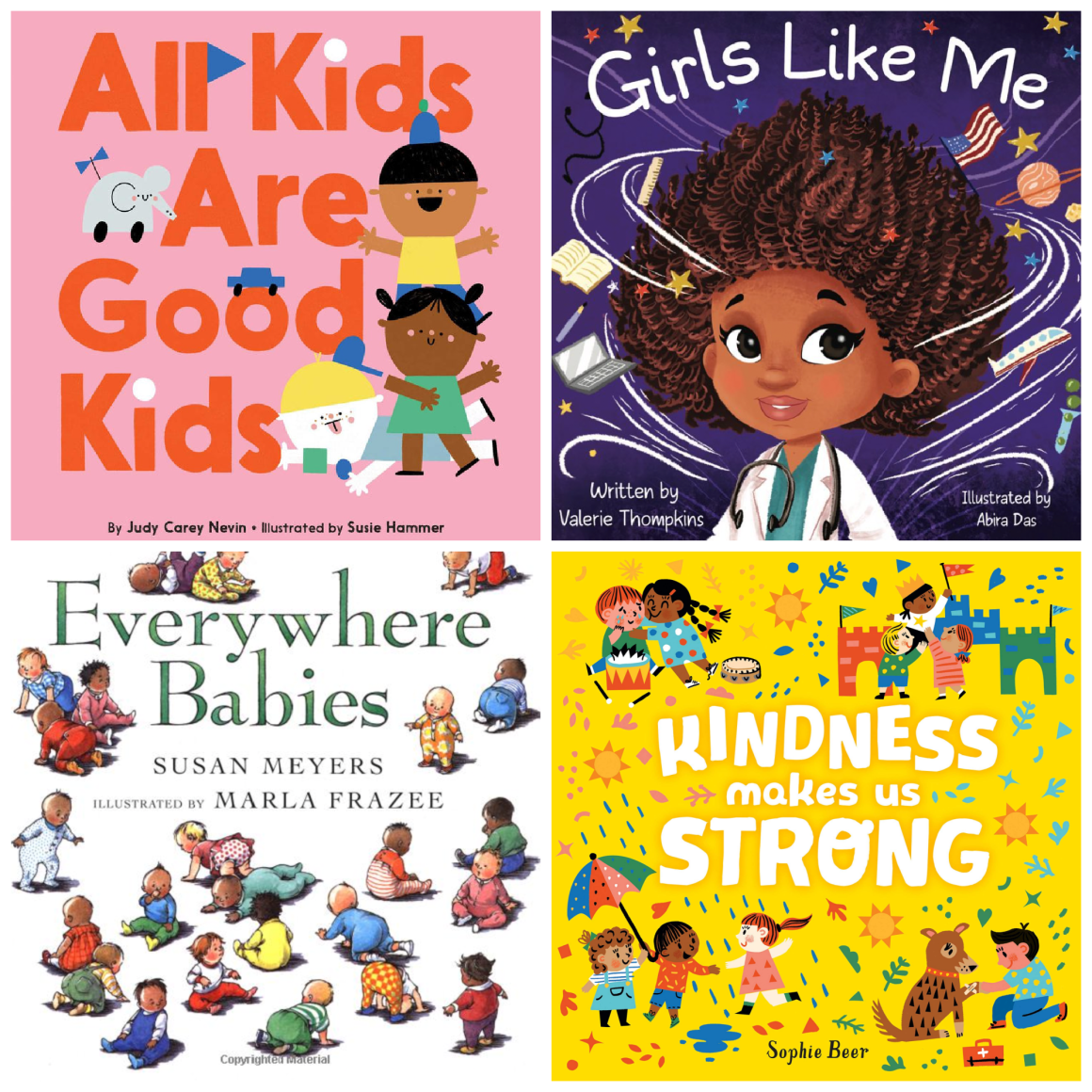Choosing to live a minimalist parenting lifestyle may feel impossible at times. Everywhere you turn, people and brands tell you that you need more of this, more of that—more, more, more. Is it possible to provide what your baby needs while still living out your simplistic parenting dreams?
Yes.
It requires a little extra research, a lot of organization, and some willingness to try again when you find that something doesn’t work for you, your baby, or your family. More over, being yourself will also help you navigate your way through your parenting journey. We’ve put together some tips for each of those concepts to help you attain the minimalist family life you desire.
A Little Extra Research
The maximalist version of a baby registry involves walking through a store and scanning things to your heart’s content. Or, the pandemic version might involve clicking all the boxes on every website. When you’re wanting to live that simplistic parenting lifestyle, you need to slow down and do your research. As an example, a thorough look into the different strollers available will allow you to make one purchase instead of buying two or three for different travel needs or ages and stages.

Using sites like Gugu Guru can help you decide which gear you need and which items might better serve another family. The Gugu Guide video reviews can really help you make those decisions as they offer real experiences from real parents. From that point, you can make some lists (pros and cons, items for each room, or a total inventory of what you think will work for you) before you create your registry or start purchasing items on your own.
Need a little more one-on-one guidance? You can also work with one of our product experts, who will best help you simplify decisions on strollers, car seats, and feeding necessities.
A Lot of Organization
One key component of living a simplistic parenting experience is organization. Minimalist parenting isn’t about your child having one toy and one toy only. Instead, the focus is on having age-appropriate toys which can be put away with ease. Baskets, bins, and other containers in which you can store toys will pay out in dividends when it comes to the peace a clean room brings you each evening.

When everything has a place, your ability to be present and available in the moment with your child will feel just right. Likewise, organizing your time is part of simplistic parenting. Creating a plan to stay organized in the space you have will also benefit the entire family. A list of chores that must be done by the adults in the home will keep everything running smoothly. Include both daily tasks like dishes and cleaning up the general daily clutter as well as the weekly and monthly tasks like trash, recycling, laundry, and grocery shopping.
Try, Try Again
Even with the most thorough research and a perfectly organized plan, some things won’t work for you, your baby, or your household. It could be something as simple as the fact that your baby does not enjoy strollers and prefers to cuddle close to you in a baby carrier. It could also be a bit more complex, like your organizational bins just don’t work well with the toys you’ve chosen or your task schedule stops working when your baby’s nap schedule changes. Whatever the case, the point is to try and try again. You can find what works best for your family by making small adjustments.

Additionally, your baby is going to grow and change. Yes, their nap and feeding schedule will change. They will outgrow their initial toys as they hit milestones. You will learn to adapt to their changes, changing right along with them at each and every stage. When something doesn’t align with your simplistic parenting point of view and their new phase, try something else. You can and will find something that works for you.
Be Yourself
There’s no one right way to a parent. You can read all of the guidebooks and blog posts. You can research all of the newest gear. Your home can look like something straight out of a minimalist magazine. But if you’re not being true to yourself, it won’t feel right. Take all of the advice, both from friends and family as well as from the internet, with a grain of salt. If something doesn’t work for you, it’s not a bad thing. Simply refer back to “try, try again” and find what works for you.

You should never feel like a bad parent because one item in your simplistic parenting toolbox worked for everyone else—except you. You and your baby are unique. The goal is not to be the most perfect minimalist style parent. The goal is for you and your baby to be both healthy and happy. By being yourself and finding what works best for you, you are setting an excellent example for your child to follow as they grow.
